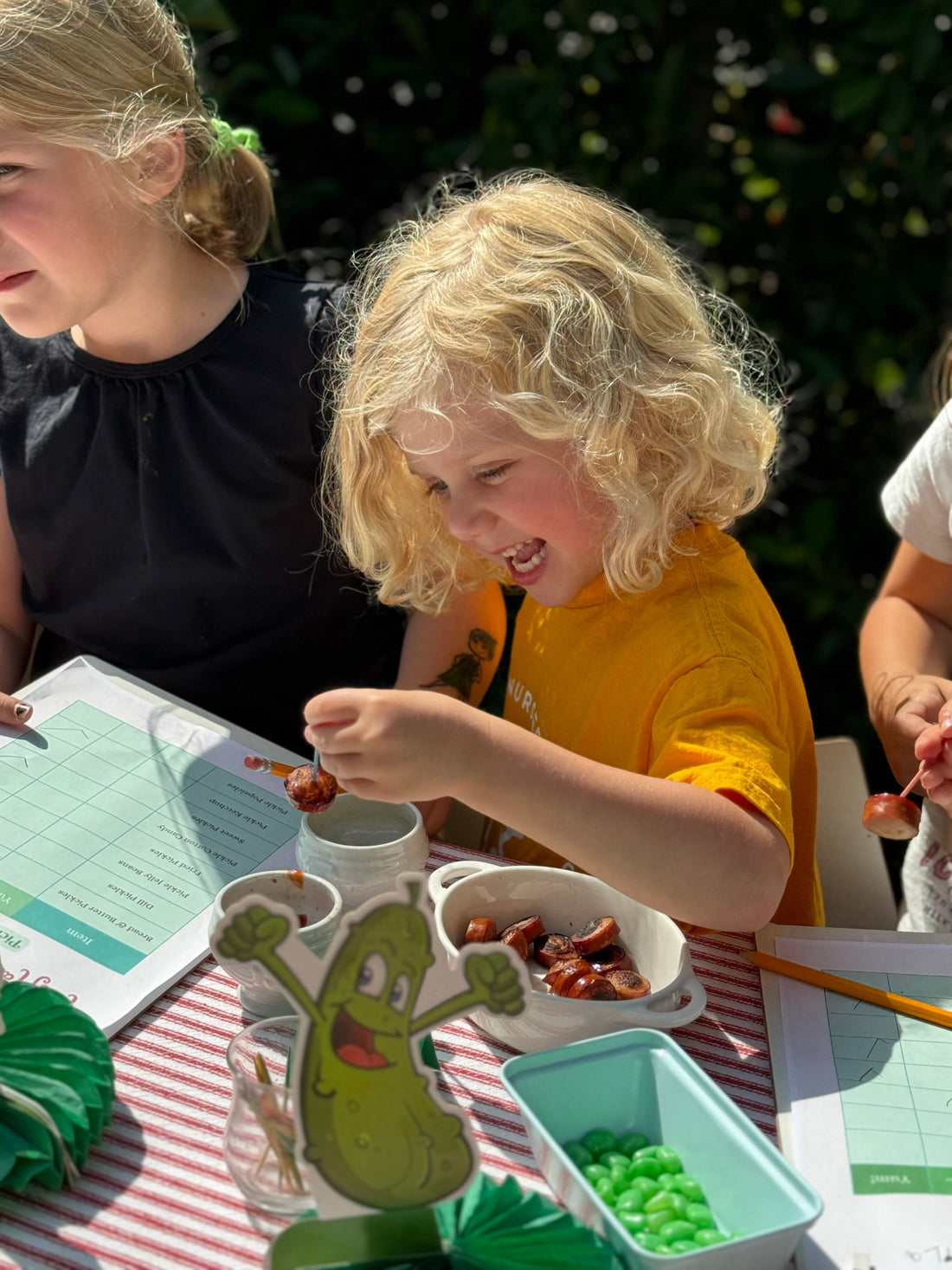
Food & Kitchen Science: The Tasty Side of STEAM
Share
Want to turn your kitchen into a mini science lab? Good news: every time you cook with your kids, you’re already doing science! Here are some fun, fact-filled nuggets to spark curiosity while you stir, chop, and mix:
🧅 Why Do Onions Make You Cry?
It’s not you — it’s sulfur! When you cut an onion, it releases sulfur compounds that turn into a mild acid when they hit your eyes. Tip: Chill onions for 10–15 minutes before slicing to reduce the tears!
🍞 Why Does Bread Dough Rise?
Yeast is a living organism (yep!) that eats sugar and releases carbon dioxide gas. That gas gets trapped in the dough, making it puff up. Fun fact: The same bubbles that make bread rise are what make it airy and soft!
🥞 What’s the Secret to Fluffy Pancakes?
It’s all about the bubbles — and not overmixing. Stirring too much pops the bubbles created by baking powder. So leave some lumps in the batter — they’re science-approved!
🧂 Does Salt Make Water Boil Faster?
Not quite! Salt actually raises the boiling point of water slightly, which means it takes longer to boil — but it helps food cook more evenly and taste better. Science is salty like that. 😉
🍎 How Can You Keep Apples from Turning Brown?
When you slice an apple, oxygen triggers a chemical reaction called oxidation. But a little lemon juice or saltwater can stop it in its tracks! The vitamin C in lemon juice fights the browning like a superhero antioxidant.
🍴📚 Want more edible experiments and storybook-style science fun?
Subscribe to Tasty Tales Cooking—where Kids in the Kitchen cook up STEAM fun all month long! Each box blends reading, recipes, and hands-on science to help families connect, create, and get curious—together.
✨ Let the storytelling (and snacking!) begin.
